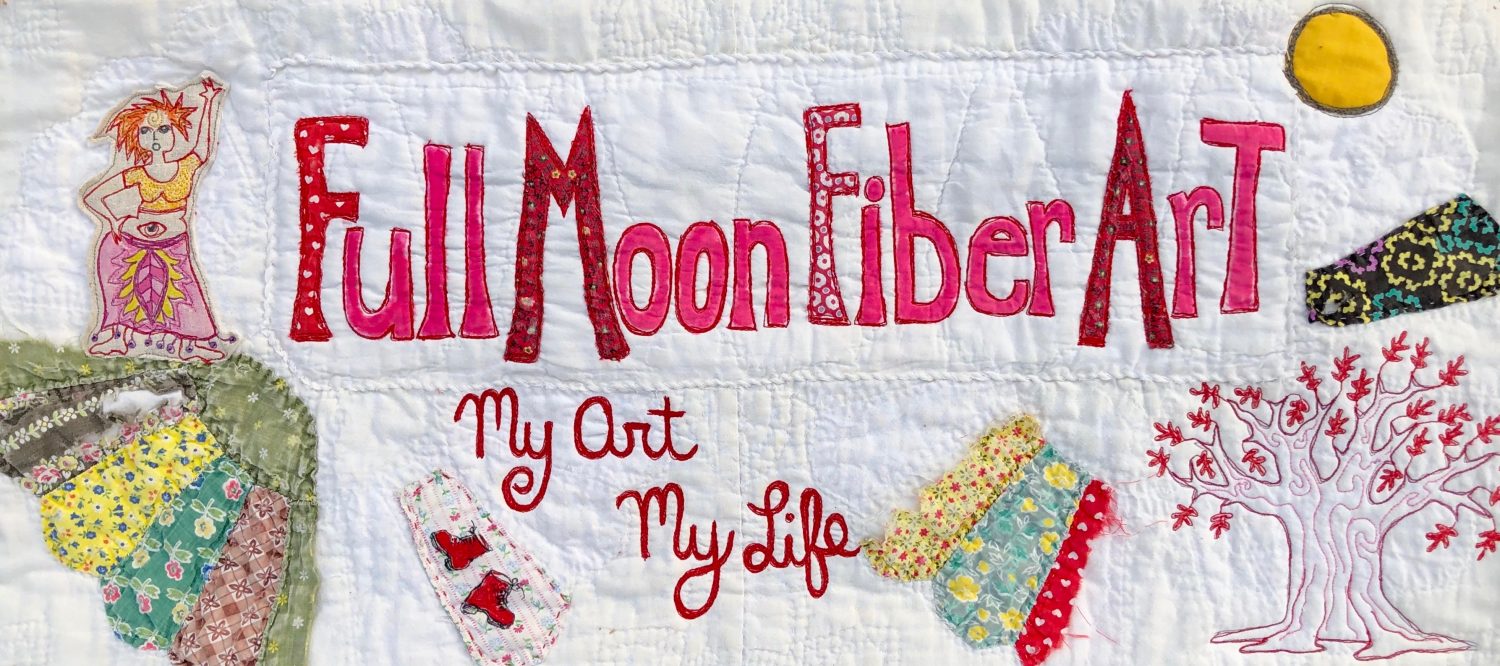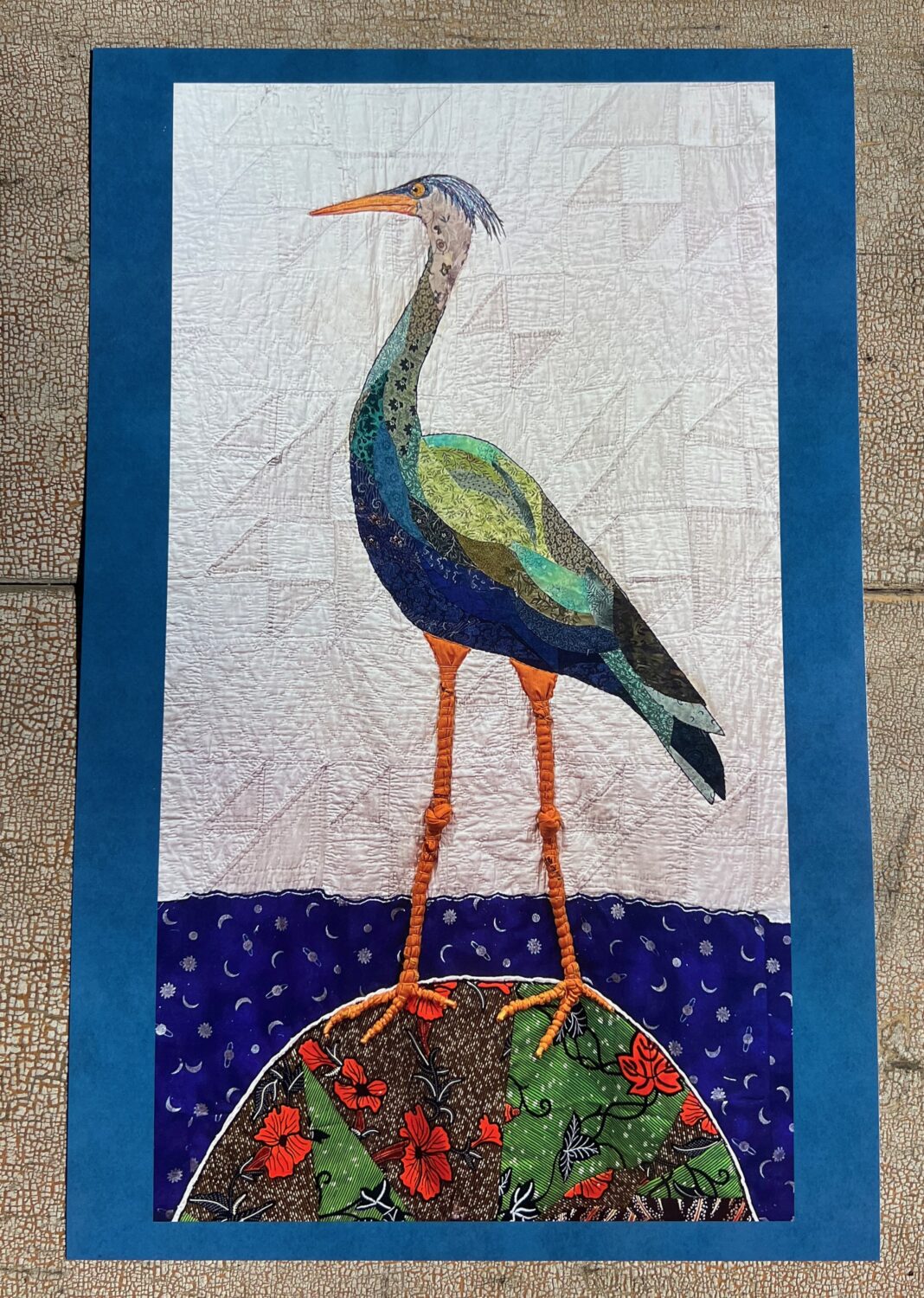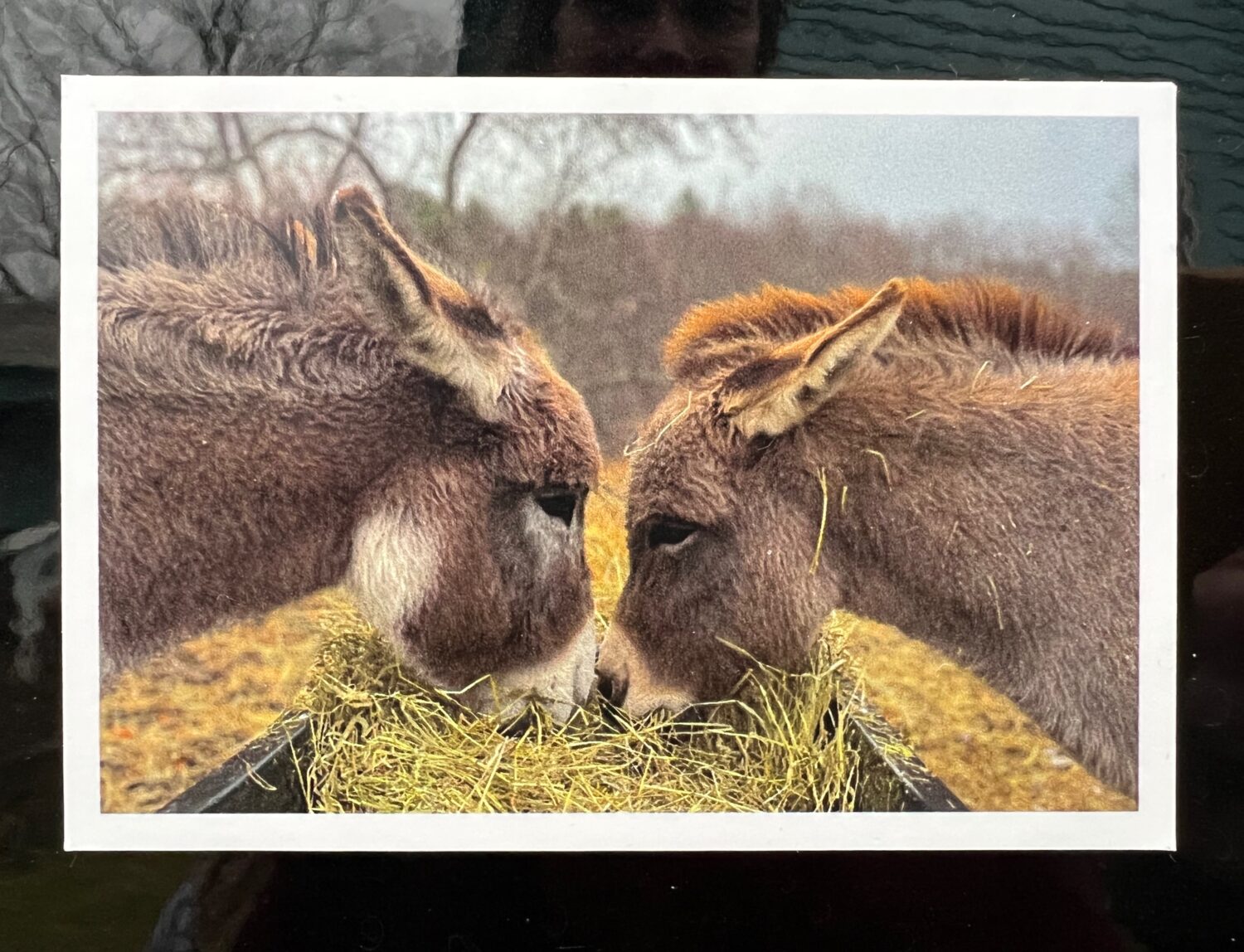
There is this idea of high art and low art. High Art is art seen in Museums like be a painting by Georgia O’Keeffe. Low Art would be graffiti art, which may or may not have it’s status changed if hung in a museum. There is functional art made legitimate by the Bauhaus movement. And there’s Fiber Art, which is any of the fiber arts as long as it’s not functional. Then there is craft, which I’m not sure, but I imagine has it’s own highs an lows.
I don’t know where my work fits into any of this, if at all. But in the work I’ve done in the past five years I’ve elevated the potholder to my own particular art form. It makes sense when I look back at the trajectory of my work since I started making art. My work has always been very personal and even before I had words for it, I’ve been drawn to the idea of women’s work. That is, the traditional work of women, which includes the mundane chores of homemaking and arts such as weaving, sewing, knitting, embroidery and quilting among others. My interest always lay in sacredness of the creativity and the meditative quality of repetition that these tasks demand.
So when I started making potholders, it seemed to fit right into the line of work I had been doing since the beginning. And like the women who were making quilts and canning vegetables out of necessity, my potholders came from my desire to support myself with my work. But I had no idea at that time that they would evolve into one of my main forms of self expression. Which, I realized this past week, is just what they have become.
I became aware of it when I was thinking of the potholder I made of Flo waiting for Minnie to come home. In trying to deal with all that was happening and all that I was feeling, I didn’t think to write about it or make a sketch of it on paper, or a wall hanging, or even talk about it. What I instinctively did was see in my mind the visual of the back of a cat with the sad leaves falling and the words “waiting for Minnie to come home” in red. And I saw it all stitched out on a potholder. That’s when I knew how important the potholder form had become to me. And that’s when I knew that I had elevated this lowly, but necessary kitchen tool to art.
I think in potholders. They express my deepest feelings as a woman with my Everyday Goddesses. I use them to speak the mantras that have helped me change my life and the affirmations that keep me on track. They tell the stories of my world, from the interiors of the spaces I inhabit, to my life on the farm. And still, sometimes without words, but just with different types and colors of fabric, they reflect my moods and speak of love as with my His and Her and His and His and my Her and Her potholders. And doing this, being honest and authentic in a way that people can understand is what makes the potholders work. It’s what allows me to touch something in someone I’ve never met. And really, the form of the potholder is perfect for this. The most unpretentious of art forms. Something that is so familiar, even taken for granted (until we burn out hand on a hot pot or pan). Something we can see everyday, something we pick up and actually hold in our hand. An intimate art form that works on more levels than one. My messages to the world. Probably not something that will ever hang in a museum, but something that can be found in our own home, when we really need it.
















Thoughtful, truthful, moving.
What wonderful thoughts flow through your mind and out through your hands to the world. I love the potholder of Flo waiting for Minnie. It captures what we all were feeling I think.
Your potholders are all you say and more ~ they protect our hands and bless us with your love.
Maria. Not all awards hang on the wall. Some hang on our hearts.
Even your Comment is poetry Veronica.
How profound and what a fabulous awareness! Kitchens are the heart of a home, and you have captured that heart in your art… Tess
That’s a connection I hadn’t made Tess.
So few of can begin the creative process without having everything mapped out, your work evolves from your heart and hands,forming its message in its creation. Truly a gift, and that you can define it so clearly to us, is such inspiration.
The Minnie potholder still brings tears to my eye. Thinking of you all each day especially during Minnie’s recovery.
Dear Maria, I wish I had thought to say exactly what Candy said!! This is how I feel about your writing and your potholders, also. And I do admire the intricacy of your leaves. I almost can’t see how you were able to do this work by machine instead of hand. Annie
I agree Annie, Candy said it so well and in so few words.
Maria, What a beautiful and moving post. “I think in potholders” was wonderful and so describes the creative process whatever its expression. When I work artistically it is always wordless and expressed in form, color shape etc. And healing. Your reflection on the lowly potholder in the intimacy of our lives was wonderful. Thank you for sharing.
Thank You Lois
What a lovely thought! I love your words about women’s work and the sacredness of the mundane. Women, more than men, usually at least I think, are in touch with that divine spark of creativity. I was thinking the other day of the hand embroidered pillowcases and dresser scarves my paternal great grandmother made. The beauty of the handmade black lace fingerless gloves and the breathtaking, exquisite handwork on the christening gown of my late father-in-law make me wonder at anything comparable today. Kind of like the difference between the intricate craftsmanship of an old church compared to the utilitarian, barren churches now being built–they look more like warehouses!
I have both of my great-grandmother’s gold thimbles – yes, REAL gold, and both of them were named “Ada”. Women in the child raising years, had little time for creative embellishment. Time was spent darning socks, stitching blankets (although quilt making did provide an outlet for creativity), but it seems that the beautiful embroideries were created by women who had finished raising their families and had the leisure time for creating beauty just for the sake of beauty.
I think they were making beauty in their world Veronica. And it was all a potential creative outlet when there may not have been many choices for them creatively.
Whoops–I meant to add – that potholder “Waiting for Minnie to come home” is so poignant! A few words can speak volumes!
Isn’t that where art should be found – in the home?
Well, you know, at the time, Georgia O’Keeffe’s art was “low art”, criticized as too “female”, according to the male-centered discourse of Alfred Stieglitz in the 1920’s. All those flowers, you know . . . And Mary Cassatt’s paintings of children were supposedly an”obsession in her lonely, virgin heart.”
Oh you’re right Jill, I hadn’t thought of that.